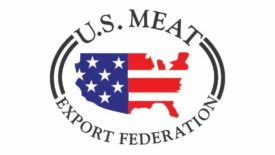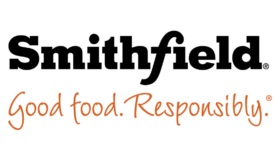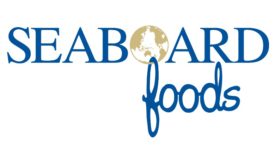Pork
Today's consumers are looking for increased variety when it comes to their bacon.
Read More
Fortifi brings on Dennis Gallagher as Frontmatec president
Dennis Gallagher joins Frontmatec after three years as COO of Hyliion Holdings Corp.
Read More
US hog inventory up 1%
USDA's NASS surveys 4,509 swine operators across the nation during the first half of March.
Read More
Registration open for USMEF Spring Conference
April 24 is the last day to receive the discounted rate.
Read More
Smithfield invests in future leaders at University of Mount Olive
The Mount Olive scholarship builds on the company’s commitment to improve access to education and provide educational opportunities for the dependents of Smithfield’s contract growers.
Read More
Seaboard Foods names new president and CEO
Seaboard Corp. appoints Chad Groves as the next president and chief executive officer of its Pork Segment, Seaboard Foods LLC.
Read More
Meatable cuts cultivated meat production time down to four days
Meatable’s process is approximately 60 times faster than the time it takes for farmers to rear a pig for pork and significantly faster than other cultivated meat processes.
Read More
The Power of Meat 2024: Meat is here to stay
Consumers want it all for their meat products, and it’s up to producers to deliver.
Read More
US red meat industry keeps its eye on Africa
USMEF builds on previous work for US beef in Angola.
Read More
Alternative cut solutions promoted at food trade shows in Japan
Quality remains a top purchasing criteria in the high-value Japan market.
Read More
Get our new eMagazine delivered to your inbox every month.
Stay in the know with The National Provisioner's comprehensive coverage of the meat and poultry processing industry.
SUBSCRIBE TODAY!Copyright ©2024. All Rights Reserved BNP Media.
Design, CMS, Hosting & Web Development :: ePublishing








